
K7 Antivirus Premium Review
The antivirus business is thoroughly global. Webroot originates in the US, Bitdefender in Romania, Kaspersky
2023-06-22 00:47

Google lays off staff at its mapping app Waze
(Reuters) -Alphabet-owned Google on Tuesday said it is cutting jobs at mapping app Waze as it merges the app's advertising
2023-06-28 10:45
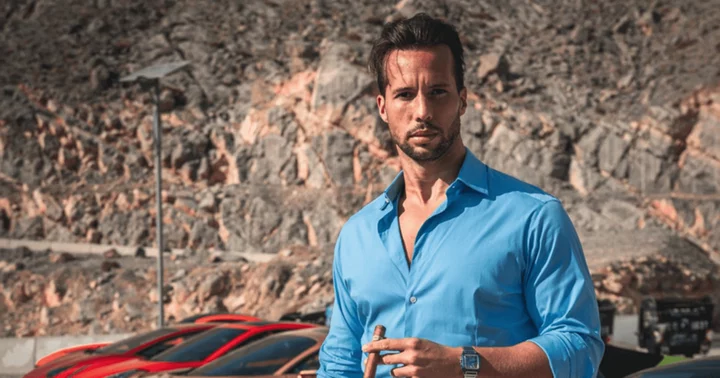
Tristan Tate unveils financial updates with Revolut app, accuses them of being 'thieves': Trolls call him 'lame'
Tristan Tate calls for boycott of the Revolut app again
2023-07-22 19:48
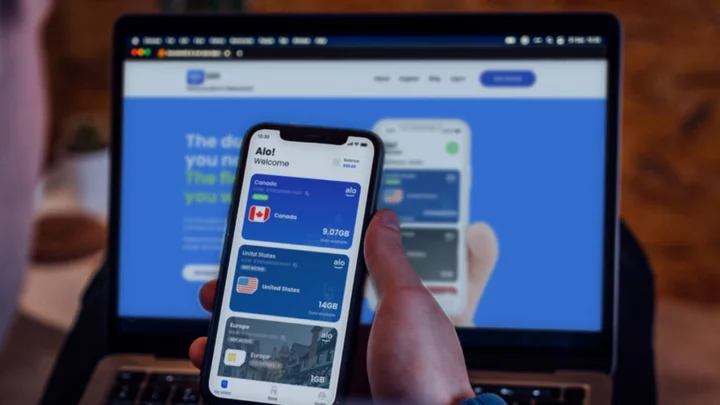
Avoid roaming charges with this lifetime aloSIM deal
TL;DR: Get a £40 aloSIM Mobile Data Traveller Lifetime eSIM credit for only £20 —
2023-06-26 12:19

Crypto Stays Shaky After SEC Crackdown Led to Weekend Selloff
Cryptocurrencies fell Monday, though staying above their weekend lows, as last week’s regulatory crackdown by the US Securities
2023-06-12 13:28
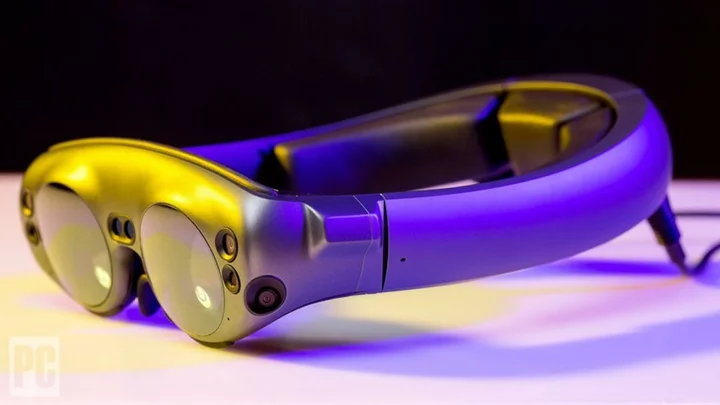
$2,300 Magic Leap 1 Headset Will Stop Working After 2024
It's probably easy to forget that Magic Leap still exists, but its 5-year-old, first-gen product
2023-09-06 02:19
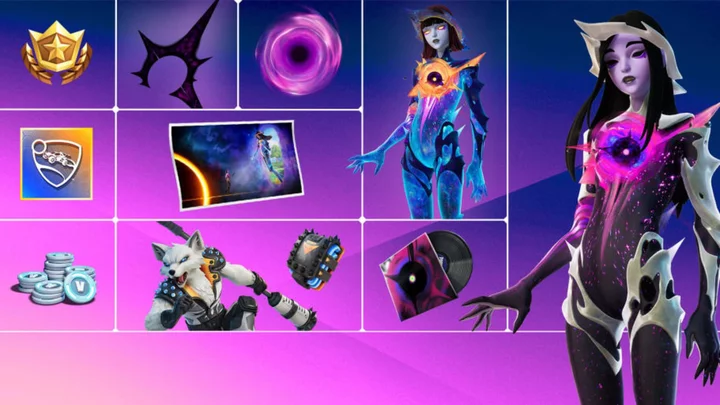
Fortnite Chapter 4 Leaked Bundles
Fortnite Chapter 4 leaked Bundles called the Extinction Code Pack and Untask'd Courier Pack are coming to Fortnite with new skins, free V-Bucks, and more.
2023-08-30 00:51
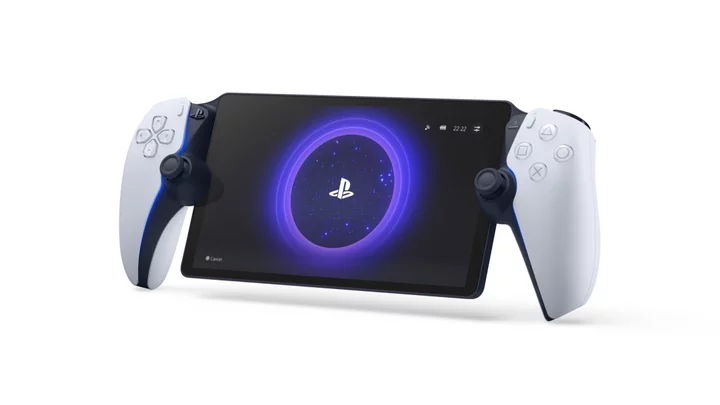
PlayStation announces price and specs for Portal, its remote-play device
PlayStation has released more details about its remote-play device, the Portal — including its specs
2023-08-24 04:59

Slack Unveils New Sales-Specific Edition at $60 Per Month
Salesforce Inc. released a new version of Slack specifically designed for salespeople as it works to integrate its
2023-08-02 21:28

Microsoft 'won't make games exclusive to Xbox Game Pass'
Phil Spencer has insisted that Microsoft won't make any games exclusive to Xbox Game Pass.
2023-09-29 20:18
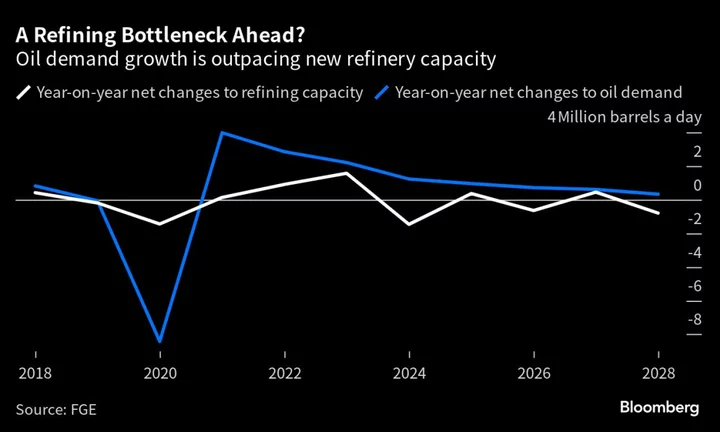
A Crunch in Key Corner of Oil Market Leaves Consumers Vulnerable to Heat and War
Refining, long one of the more predictable corners of the oil market, is caught in a climate bind.
2023-09-18 12:21
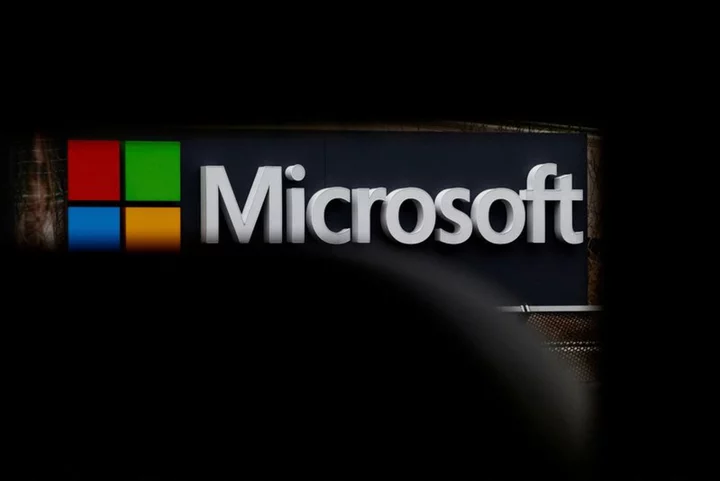
Microsoft's AI bets boost cloud business, Alphabet yet to find silver lining
By Akash Sriram and Anna Tong Google-parent Alphabet's cloud business suffered as long-time rival Microsoft's took off in
2023-10-25 07:54
You Might Like...

What happened to Jessica Marrero? Missing NJ girl, 14, found after cops asked for community assistance to locate teen

Who is radianttimetraveler? How Eno Alaric turned TikTok into a prophecy platform
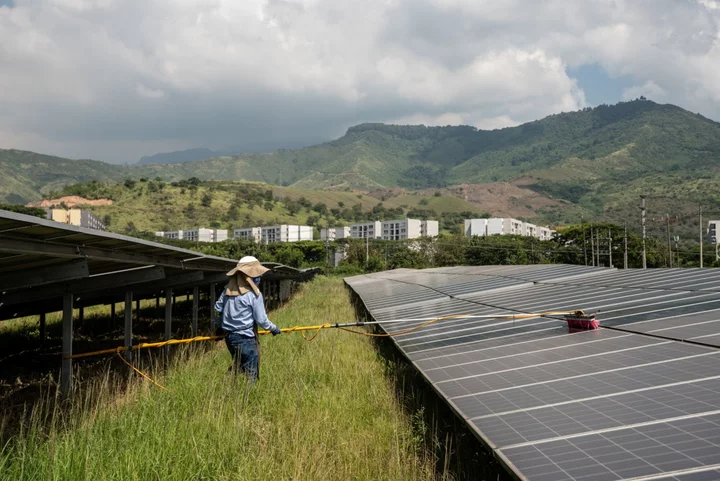
Junk Offsets Are Feeding Wave of Greenwashing, Study Shows

OPEC Defends ‘Vilified’ Oil Industry on Eve of Climate Meeting

Amazon Prime Day 2023: Everything You Need to Know

Loop Launches New iOS App for In-store Returns

Eaton Changes the Name of its Vehicle Group and eMobility Businesses to the Mobility Group

How to unblock porn sites and stream anonymously
